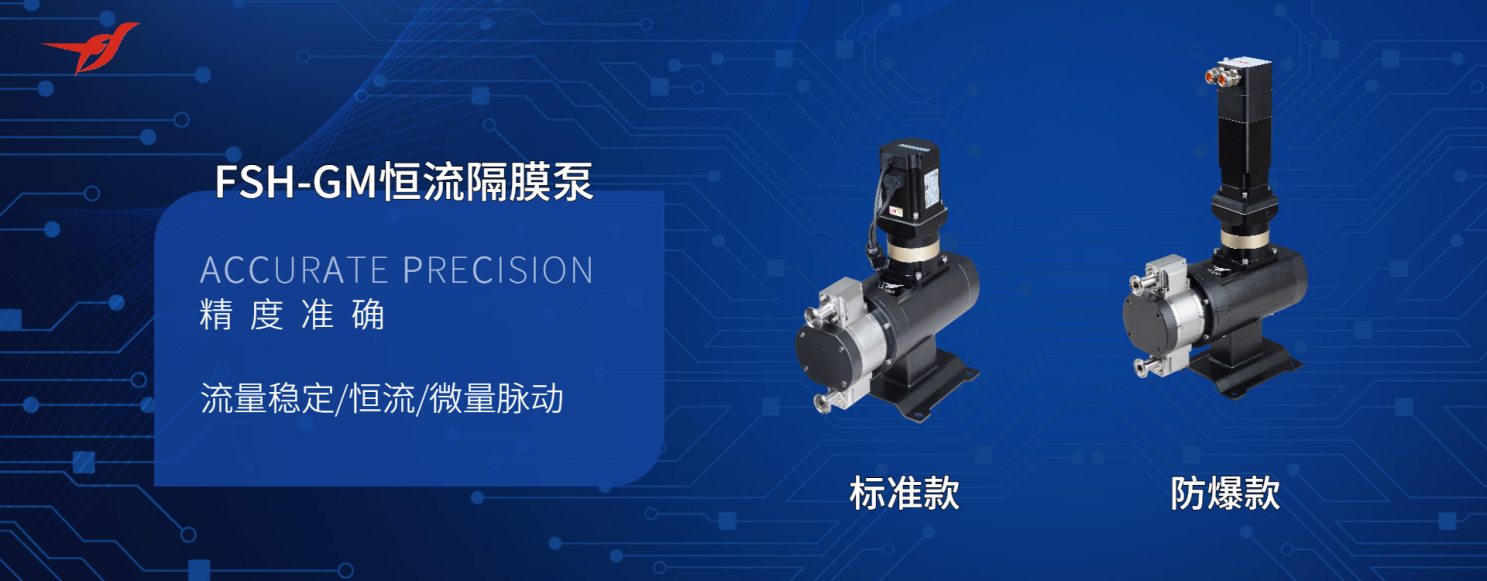Unveiling the Common Challenges in Screen Printing: Solutions for a Flawless Finish
Screen printing, a versatile and widely used printing technique, has become a staple in various industries, from fashion to promotional products. Despite its popularity, many practitioners encounter common problems that can compromise the quality of their prints. Understanding these challenges is crucial for achieving optimal results and maintaining a competitive edge in the market. In this article, we will delve into the prevalent issues in screen printing, their causes, and effective solutions to overcome them.
- Ink Consistency and Viscosity Issues
One of the most frequent problems in screen printing is achieving the right ink consistency. Inconsistent ink viscosity can lead to uneven prints, clogging of screens, and poor adhesion to substrates.
Causes:
- Temperature fluctuations can affect ink viscosity.
- Improper mixing of inks can result in variations in thickness.
- Using inks that are not suitable for the substrate can lead to poor performance.
Solutions:
- Maintain a controlled environment to regulate temperature and humidity.
- Use a viscosity meter to ensure inks are mixed to the correct consistency.
- Always select inks that are specifically formulated for the materials being printed on.
- Screen Mesh Selection
Choosing the wrong screen mesh can significantly impact print quality. A mesh that is too coarse may not hold enough detail, while a mesh that is too fine can lead to ink flooding and poor coverage.
Causes:
- Lack of understanding of mesh counts and their effects on different designs.
- Inadequate testing of mesh types for specific projects.
Solutions:
- Familiarize yourself with different mesh counts and their applications. For detailed designs, a higher mesh count is preferable, while bold designs may benefit from a lower count.
- Conduct test prints to determine the best mesh for your specific design and substrate.
- Registration Problems
Accurate registration is crucial for multi-color prints. Misalignment can lead to blurred images and a lack of visual appeal.
Causes:
- Inconsistent pressure during the printing process.
- Poorly aligned screens or inadequate registration systems.
Solutions:
- Invest in high-quality registration systems that allow for precise alignment.
- Regularly calibrate your printing equipment to ensure consistent pressure and alignment.
- Ink Drying Issues
Ink drying too quickly or too slowly can create significant challenges. Quick-drying inks can clog screens, while slow-drying inks can lead to smudging and poor adhesion.
Causes:
- Environmental factors such as temperature and humidity.
- Incompatible inks and substrates.
Solutions:
- Use additives to adjust drying times according to your printing environment.
- Test different inks to find the best match for your substrate and desired drying time.
- Substrate Compatibility
Not all substrates are created equal, and using the wrong material can lead to a host of problems, including poor adhesion and fading.
Causes:
- Lack of knowledge about substrate properties.
- Inadequate surface preparation before printing.
Solutions:
- Conduct thorough research on the substrates you plan to use and their compatibility with various inks.
- Ensure proper surface preparation, such as cleaning and priming, to enhance ink adhesion.
- Equipment Maintenance
Neglecting equipment maintenance can lead to a decline in print quality and increased downtime.
Causes:
- Infrequent cleaning of screens and squeegees.
- Lack of regular equipment checks and calibrations.
Solutions:
- Establish a routine maintenance schedule for all equipment, including screens, squeegees, and printing presses.
- Train staff on proper cleaning techniques to prolong the life of equipment and ensure consistent print quality.
Conclusion
Screen printing is a complex process that requires attention to detail and a deep understanding of various factors that can affect print quality. By recognizing and addressing common problems such as ink consistency, screen mesh selection, registration accuracy, ink drying issues, substrate compatibility, and equipment maintenance, screen printers can significantly enhance their output. Implementing these solutions not only improves the quality of prints but also boosts efficiency and customer satisfaction. As the screen printing industry continues to evolve, staying informed about these challenges and their solutions will be key to thriving in a competitive landscape.

Average Rating